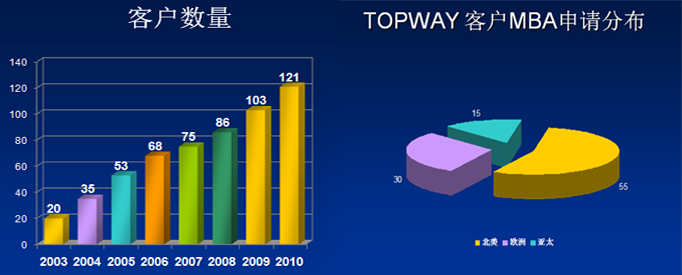Perhaps the most common question students ask about the GMAT is some variation of “how many hours per week do I need to study for the GMAT?” and “how long should I study for the GMAT?” And while these questions aren’t completely off base, they’re at least somewhat misguided. The key to studying for the GMAT isn’t as much the quantity of your study, it’s the quality. So let’s talk about how to get the most value out of your GMAT study plan, by paying attention to three very important phases.
1. LearnThe single biggest mistake that test-takers make early in their studies stems from their desire to beat the clock – the GMAT is, after all, a timed test – and to be ready for the 700-level problems. So they set the stopwatch and keep their eye out for the 2-minute mark on each question while they simultaneously get shellacked by manageable-but-unfamiliar content and some devilishly clever writing from the testmaker. In doing so, they set themselves up for frustration and resentment, but more practically they “burn” the practice questions that they should be practicing much closer to their test date when they’re really ready for them. Make sure that you give yourself a Learn Phase, in which you: • Take your time on practice problems and force yourself to struggle and think. Flipping to the back of the book or Googling for a solution puts the problem in someone else’s words and leads to you learning the concept passively. Even if you need to check the multiple-choice letter answer, connecting the dots from your work to that answer is a powerful, active way to force yourself to really learn. • Start with easier (not necessarily “easy” but not the hardest in the deck) problems in each content area and problem type and then progress to harder ones as you’re ready. Even if it’s review, the 30 minutes you spend knocking out 25 problems will only help to solidify your knowledge, and then you’ll be much more in the proper mindset to digest the lessons from the harder problems, on which you often need to know the content well to even understand the trap answer or nifty solution. • Find content-only resources (drills, worksheets, etc. – not “more GMAT problems”) for the fundamental skills that are giving you the most trouble. The great thing about the GMAT is that all the core skills it tests are hallmarks of public school K-12 curriculum so there are tons of free resources to help you practice and master. That way you will get the most mileage out of the GMAT problems you practice while you’re comfortable enough with the basics to think about applying it in a GMAT fashion.
2. PracticeOnce you’ve reached a level where algebra doesn’t feel like a foreign language and where you feel comfortable recognizing logical flaws in Critical Reasoning prompts, then it’s time to add the stopwatch and to really attack large batches of problems. In this phase, resources like the Official Guide for GMAT Review, the GMATPrep Question Pack software, and the Veritas Prep Question Bank are most useful. But remember: the act of practicing itself is just one step. Whenever you knock out 50 Data Sufficiency questions or 20 verbal problems of each type, make sure you go back to analyze what you learned from that exercise. Are you falling too quickly for trap answers? Are you doing too many quant problems “the long way” when you could have employed a shortcut? Are your Data Sufficiency mistakes more often than not those mistakes in which you don’t realize how sufficient information is (picking E instead of C, C instead of A, etc.)? The practice phase gives you the opportunity to deep-dive on particular question types and content areas so that you can identify and correct subject-specific shortcomings.
3. TestBy the time you take the GMAT, you should have taken several practice tests so that you can: • Become familiar with the overall feel, pacing, and length of a full-length test. • Practice seeing a variety of questions in a more-randomized order. • Diagnose and improve upon the types of errors and problems you might have on test day. When employed correctly, the Test phase is a combination of Practice and Test – you’ll take a practice test, then analyze what it tells you about your performance, then seek out further practice on the areas you need to improve. Again, the act of taking a practice test will certainly help, but only to a small extent – the true improvement comes from using the test as a scouting report on how you’ll perform under similar conditions on test day. One of the biggest concerns among test-takers is the availability of high-quality, predictive practice tests, and that’s why the three-step process is so important. When students have exhausted the official GMAT Prep tests and a handful of the highest-quality third-party exams, it becomes quite difficult to gauge their score level and readiness to take the test. So it can be quite helpful to use the available GMAT resources in the order that helps you maximize their value: practice items (and fundamental content resources) first, then practice tests once you’ve “graduated” to that level where you’re close to taking the real thing. | 


